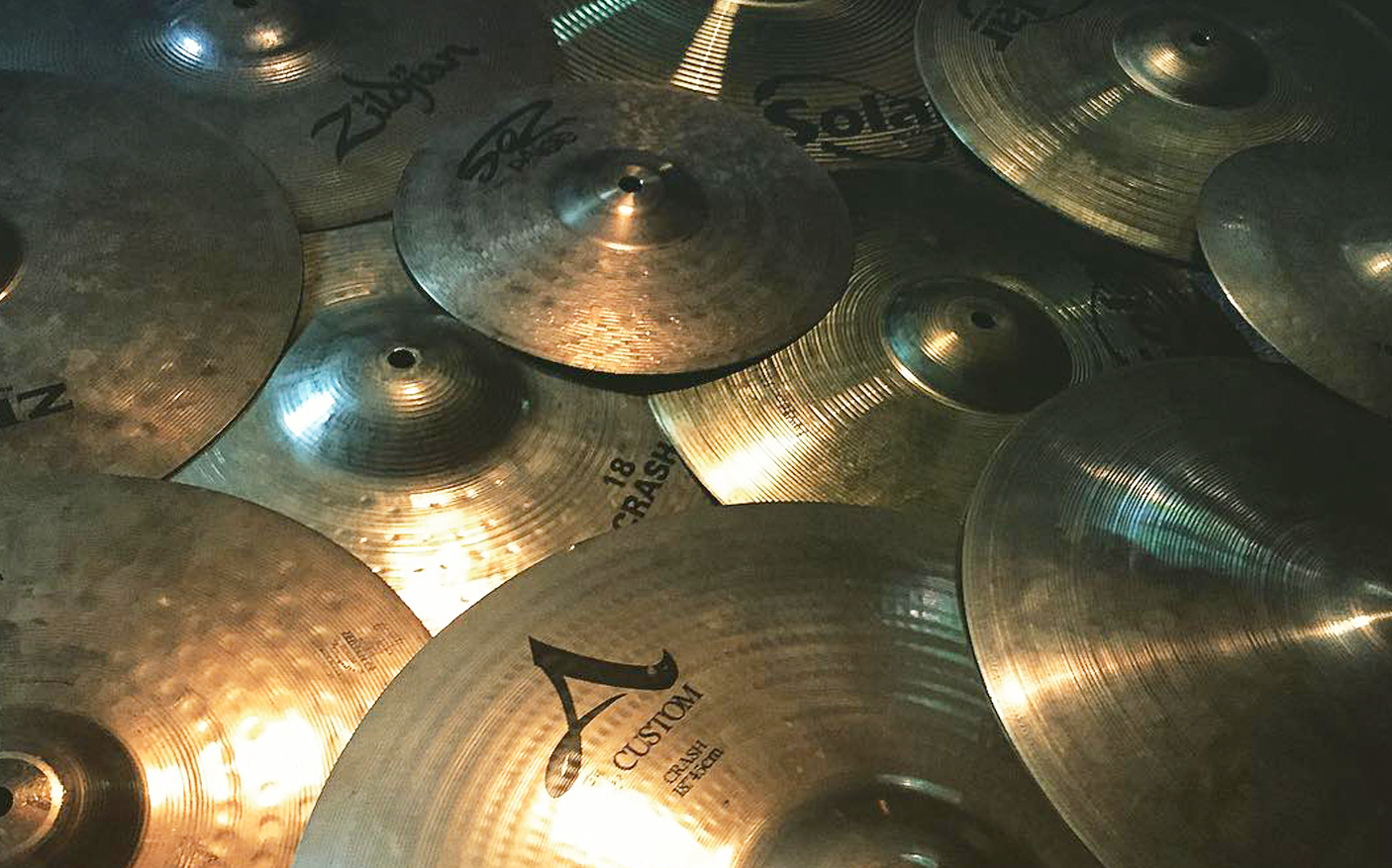As many of you may already know, when I am not in the studio mixing and mastering music. I’m sampling instruments and drums in a highly detailed way for sample libraries. In this article I will go through 5 quick tips to bare in mind when recording samples for sample libraries as well as recording audio in general.
1 . Do Not Record On An Empty Stomach
This may sound obvious but if you can hear your belly rumbling when recording, so can the mics. There’s nothing worse than having the scrap a sampling because of a sound that could have been prevented. Belly rumbles are unpredictable and can happen at any time.
2. Avoid Using A Squeaky Chair
You want to feel comfortable when sampling as you are often sat in the same position for a long period of time. Having to stay dead still because your chair makes noise is annoying. I personally use a wooden piano stall which has no moving parts that can creak.
3. Heavy Breathing
I have worked with sound designers in the past who unconsciously breathe really heavy, especially when wearing headphones and can’t hear their breathing. I have had to replace them in the booth because of this. Heavy breathing over a recording can and will be picked up by the mics and printed to your recording. If you are a heavy breather, try and not wear headphones and stay aware of your breathing.
4. Room Noise
Many sound designers who record samples do not have the luxury of a purpose built booth for recording. I personally find a booth essential for sampling which is why I made sure when building the studio I had a purpose built booth made. The reason for this is not only to achieve a perfectly dry and unaffected sample but to also ensure no room noise is recorded. Such as the computer fan, other people or even outside noise like traffic.
5. Peaking Audio
The worst thing you can ever do when sampling or recording samples is have to scrap a take. I find the most common reason for this to be that when recording you haven’t set your levels correctly and end up peaking into the red causing distortion. More often than not you are working alone sampling. If this is the case and you do not have someone in the control room monitoring the input level, I find the best thing to do is set up to record, go into the booth and hit the drum or instrument as hard as you intend to hit it at any one time. This will give you your maximum input level. If you go back into the control room and see that this velocity is peaking reduce in the amount of input to accommodate. Keep doing this until you have the perfect volume going in.
Bonus Tip – Always Remember To Hit Record
Every recording engineer has done it, and if they say they haven’t they are either lying or haven’t recorded enough audio to have done it. I personally always make sure that I am recording before walking into the booth. Imagine doing an hours recording and going back into the control room to find nothing has recorded. It is so annoying. Double check if need be.

